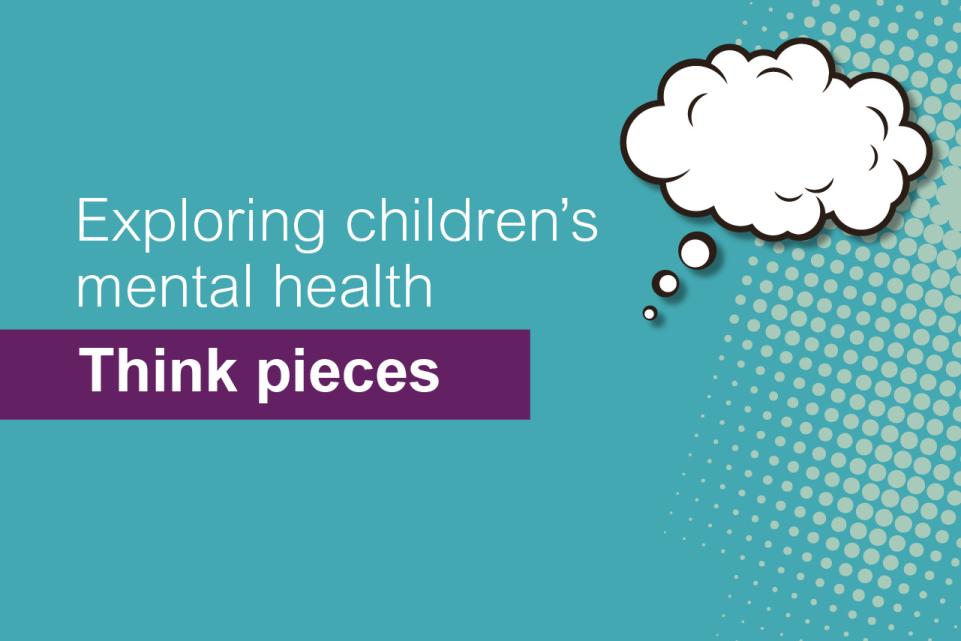As part of our series of think pieces, Isla, a young person who is part of the NSPCC’s Young People’s Board for Change, explores from her personal experience what can be done to improve the mental health system for children and young people.
Hi I’m Isla, I’m a member of the NSPCC’s Young People’s Board for Change.
I’m also a home-schooled autistic girl who has recently recovered from a catastrophic autistic burnout leaving me hospitalised, traumatised and my parents blamed. All of which could have been prevented by having sufficient training for the people caring for me, and there being more information on how autism can present differently in girls.
For those who don’t know, autistic burnout is caused by extreme levels of stress, anxiety, overwhelm, and masking for long periods of time. Autistic burnout can leave people totally reliant on others, unable to move, talk or communicate. It’s incredibly debilitating and painfully traumatic, yet it can be prevented with the right support, knowledge and teams in place.
Since being discharged from hospital I had this massive urge to fight for change, and I have met and heard of many girls going through the exact same experiences I went through, from struggling in silence in schools, to being told their physical symptoms were “all in their head”, to parents being blamed for medicalising or causing hurt to their children, when all they want, both parents and children, is to be listened to fairly, to help make themselves or their children well, but most of all, to be UNDERSTOOD.
This can only happen if things are put in place, to protect, care, teach, learn, and understand. I think this can be done many ways, however here are eight ways I think could be beneficial to creating a system that cares for children with Special Educational Needs and Disabilities (SEND) AND their families:
1. Updated knowledge on mental health in children (especially when they co-occur with SEND needs) as the stigma that is still attached is preventing children from accessing care they need. Along with support services that can happen whilst children are on waiting lists, otherwise they can deteriorate.
2. Screening programs for neurodiversity in schools and nurseries, this is a massive thing to suggest, but it could make a huge difference to children who have undiagnosed SEND needs, However it would have to gentle and sensitive enough to be able to pick up conditions like autism in girls.
3. Training that informs anyone who works with children about neurodiverse conditions, SEND needs, and mental health, what the signs and symptoms are, and what to do with their suspicions.
4. A knowledgeable and supportive teams for families supporting children with SEND needs or suspected SEND needs, as this is an incredibly tough time for them too.
5. More resources for young people to be able to access either online services that are specialist and also in- person services with the option of 1:1 sessions, and different communication strategies like typing, writing drawing etc.
6. More updated information on SEND conditions for families and adults that work with children and what to do when you suspect someone is undiagnosed.
7. Easier and faster processes for Education, health and care plans (EHCP) and Education other than at school (EOTAS) packages and making sure everyone involved is aware of SEND and neurodiversity, and most importantly making sure the child’s wants and needs are reflected in the final documents.
Thank you for reading my blog!
This is an independent article. The content and views reflected within it were provided and written by Isla, a young person involved with the NSPCC’s Young People’s Board for Change.


